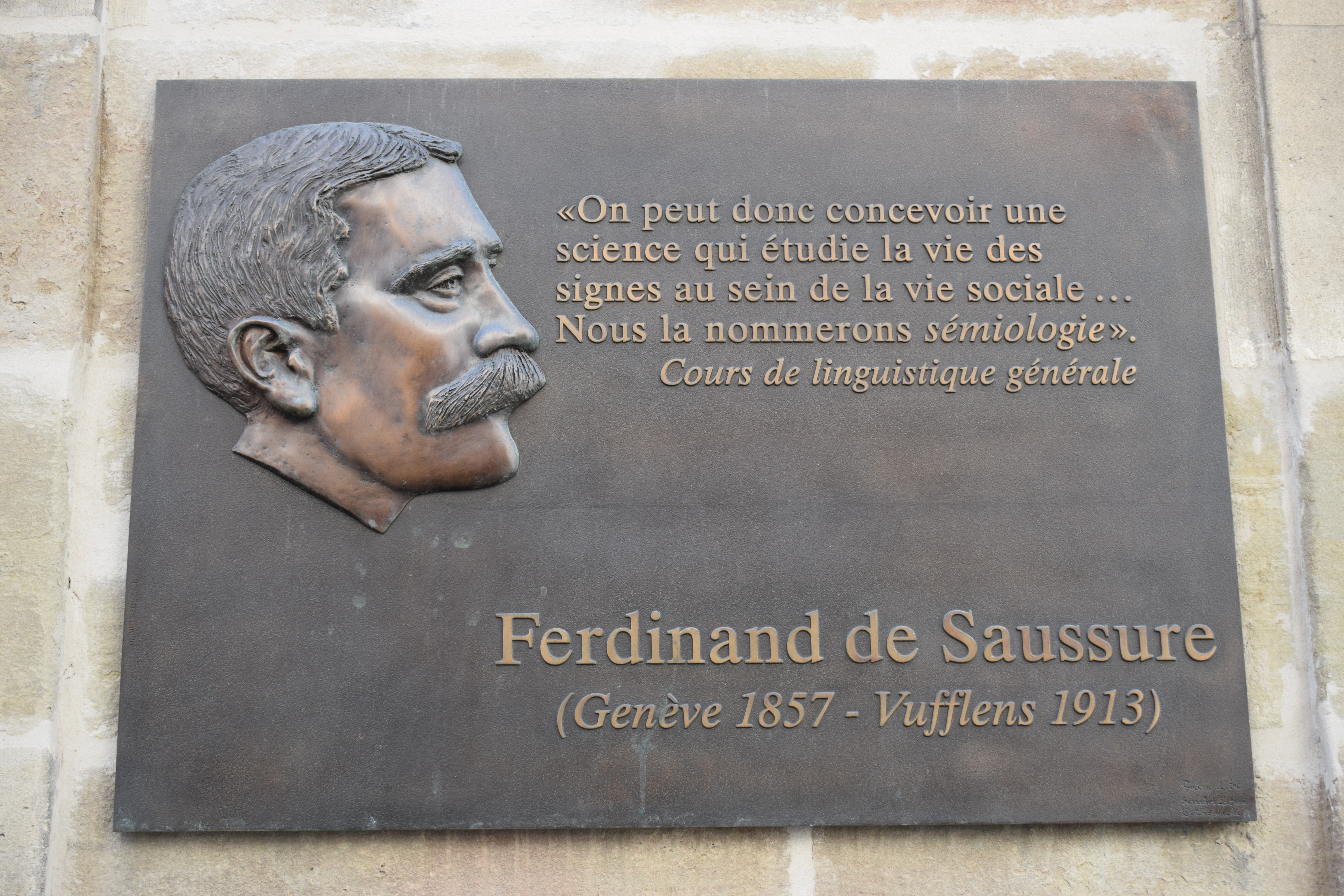Linguistics
 Linguistics is the scientific study of language. The areas of linguistic analysis are syntax (rules governing the structure of sentences), semantics (meaning), morphology (structure of words), phonetics (speech sounds and equivalent gestures in sign languages), phonology (the abstract sound system of a particular language), and pragmatics (how the context of use contributes to meaning). Subdisciplines such as biolinguistics (the study of the biological variables and evolution of language) and psycholinguistics (the study of psychological factors in human language) bridge many of these divisions.
Linguistics is the scientific study of language. The areas of linguistic analysis are syntax (rules governing the structure of sentences), semantics (meaning), morphology (structure of words), phonetics (speech sounds and equivalent gestures in sign languages), phonology (the abstract sound system of a particular language), and pragmatics (how the context of use contributes to meaning). Subdisciplines such as biolinguistics (the study of the biological variables and evolution of language) and psycholinguistics (the study of psychological factors in human language) bridge many of these divisions.Linguistics encompasses many branches and subfields that span both theoretical and practical applications. Theoretical linguistics (including traditional descriptive linguistics) is concerned with understanding the universal and fundamental nature of language and developing a general theoretical framework for describing it. Applied linguistics seeks to utilize the scientific findings of the study of language for practical purposes, such as developing methods of improving language education and literacy.
Linguistic features may be studied through a variety of perspectives: synchronically (by describing the structure of a language at a specific point in time) or diachronically (through the historical development of a language over a period of time), in monolinguals or in multilinguals, among children or among adults, in terms of how it is being learnt or how it was acquired, as abstract objects or as cognitive structures, through written texts or through oral elicitation, and finally through mechanical data collection or through practical fieldwork.
Linguistics emerged from the field of philology, of which some branches are more qualitative and holistic in approach. Today, philology and linguistics are variably described as related fields, subdisciplines, or separate fields of language study but, by and large, linguistics can be seen as an umbrella term. Linguistics is also related to the philosophy of language, stylistics, rhetoric, semiotics, lexicography, and translation. Provided by Wikipedia
-
1by Association for Computational Linguistics 2022Get access
Published 2022
Get access
Article in Journal/Newspaper -
2
-
3
-
4
-
5
-
6
-
7
-
8
-
9
-
10
-
11
-
12by The 28th International Conference on Computational Linguistics 2020, Tyers, FrancisGet access
Published 2020
Get access
Article in Journal/Newspaper -
13
-
14by Association for Computational Linguistics 2023, Luz de Araujo, Pedro Henrique, Roth, BenjaminGet access
Published 2023
Get access
Article in Journal/Newspaper -
15by Association for Computational Linguistics 2023, Abdul-Mageed, Muhammad, Elmadany, AbdelRahim, Nagoudi, El Moatez BillahGet access
Published 2022
Get access
Article in Journal/Newspaper -
16
-
17by Yuan, Michelle,Ph. D.Massachusetts Institute of Technology.Contributors: “...Massachusetts Institute of Technology. Department of Linguistics and Philosophy....”
Published 2018
Get access
Thesis -
18by Mills, Jillian LouiseContributors: “...Massachusetts Institute of Technology. Dept. of Linguistics and Philosophy....”
Published 2008
Get access
Thesis -
19by Fournet, ArnaudContributors: “...Linguistics Department...”
Published 2012
Get access
Article in Journal/Newspaper -
20